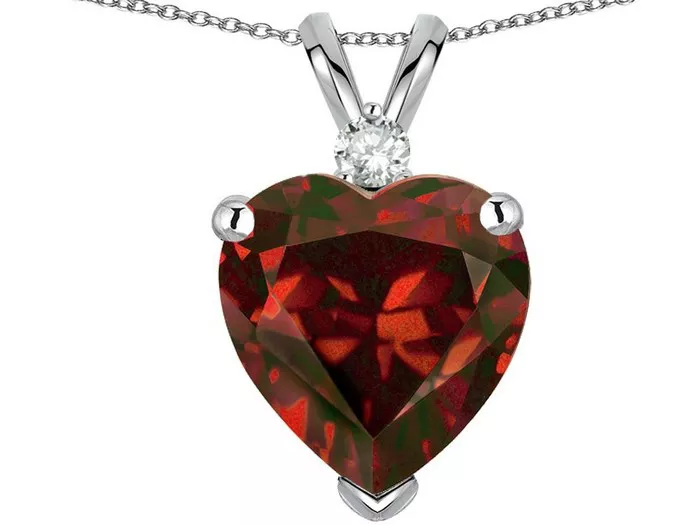Gemstones have long captivated human fascination with their exquisite beauty and rarity. Among the plethora of gemstones available, emeralds and rubies stand out as two of the most coveted and cherished stones. Both possess unique characteristics that make them highly sought after in the world of jewelry and investment. However, when it comes to determining which is more expensive between emeralds and rubies, several factors come into play. In this article, we will delve into the intricacies of these gemstones, exploring their value determinants, market trends, and historical significance to shed light on the question at hand.
Understanding the Rarity and Origin
One of the primary factors influencing the price of gemstones is their rarity, which is often tied to their natural occurrence and geographical distribution. Emeralds, prized for their lush green hue, are a variety of the mineral beryl, colored by trace amounts of chromium or vanadium. They are predominantly found in countries such as Colombia, Zambia, Brazil, and Afghanistan. However, Colombian emeralds, renowned for their exceptional color and clarity, are considered the most valuable due to their limited production and superior quality.
On the other hand, rubies derive their distinctive red color from chromium impurities in the mineral corundum. Myanmar (formerly Burma) has historically been the primary source of the finest rubies, particularly those from the Mogok Valley, renowned for their intense red hue and exceptional clarity. Other significant ruby deposits are found in countries like Thailand, Sri Lanka, and Madagascar.
In terms of rarity, high-quality emeralds are generally scarcer than rubies of comparable quality. This scarcity factor contributes significantly to the pricing disparity between the two gemstones.
Quality and Characteristics
The quality of a gemstone plays a pivotal role in determining its value. Gemstone quality is assessed based on several criteria, commonly referred to as the “four Cs”: color, clarity, cut, and carat weight.
Color is perhaps the most critical factor in determining the value of both emeralds and rubies. For emeralds, a vibrant, evenly distributed green hue without any undesirable undertones such as gray or brown commands the highest prices. Similarly, rubies with a pure, intense red color, often described as “pigeon’s blood” red, are the most sought after and consequently, the most expensive.
Clarity refers to the absence of internal flaws (inclusions) or external blemishes in the gemstone. Inclusions are more common in emeralds than in rubies due to the crystal structure of beryl, which often results in naturally occurring fractures and other imperfections. Rubies, being a variety of corundum, generally have fewer inclusions, especially in high-quality specimens.
The cut of a gemstone can greatly affect its brilliance and overall appearance. Both emeralds and rubies are often cut in various styles, including traditional shapes like oval, round, and cushion, as well as more intricate cuts such as emerald-cut and pear-shaped. A well-proportioned cut that maximizes the gemstone’s color and minimizes any imperfections will command a higher price.
Carat weight refers to the size of the gemstone and is a significant factor in determining its value. Larger emeralds and rubies of exceptional quality are rarer and therefore command higher prices per carat compared to smaller stones.
Market Demand and Trends
Consumer preferences and market trends also influence the relative prices of emeralds and rubies. While both gemstones have enjoyed enduring popularity throughout history, shifts in fashion trends, cultural preferences, and economic factors can impact their respective demand and value.
Emeralds have been favored by royalty and nobility for centuries, symbolizing wealth, prosperity, and luxury. The allure of emeralds continues to endure in contemporary times, with demand driven by affluent consumers seeking exclusivity and prestige. The association of emeralds with romance and rebirth further enhances their appeal, particularly in engagement and anniversary jewelry.
Rubies, often regarded as the “king of gemstones,” hold a special place in many cultures and traditions. Revered for their fiery red hue and mystical allure, rubies have been prized as symbols of passion, power, and protection. In recent years, rising affluence in emerging markets such as China and India has fueled increased demand for rubies, particularly for high-quality stones with exceptional color and clarity.
Investment Potential
Beyond their intrinsic beauty, emeralds and rubies are also sought after as investment assets due to their potential for appreciation over time. Like other commodities, gemstone prices are subject to market fluctuations influenced by factors such as supply and demand dynamics, geopolitical events, and economic conditions.
Historically, both emeralds and rubies have demonstrated resilience as investment vehicles, with prices generally appreciating over the long term. However, investing in gemstones requires careful consideration of factors such as provenance, quality, and market liquidity. While high-quality emeralds and rubies from reputable sources can offer attractive returns, investors should be aware of the inherent risks and complexities associated with the gemstone market.
Conclusion
In conclusion, determining whether emeralds or rubies are more expensive is not a straightforward comparison, as several factors contribute to their respective values. While emeralds are generally rarer and command higher prices per carat for top-quality specimens, the market demand for rubies, particularly in emerging economies, continues to drive prices upward. Ultimately, the value of a gemstone is subjective and influenced by a combination of factors, including rarity, quality, market trends, and cultural significance. Whether one chooses an emerald or a ruby, both gemstones offer timeless beauty and enduring value that transcends mere monetary worth.

